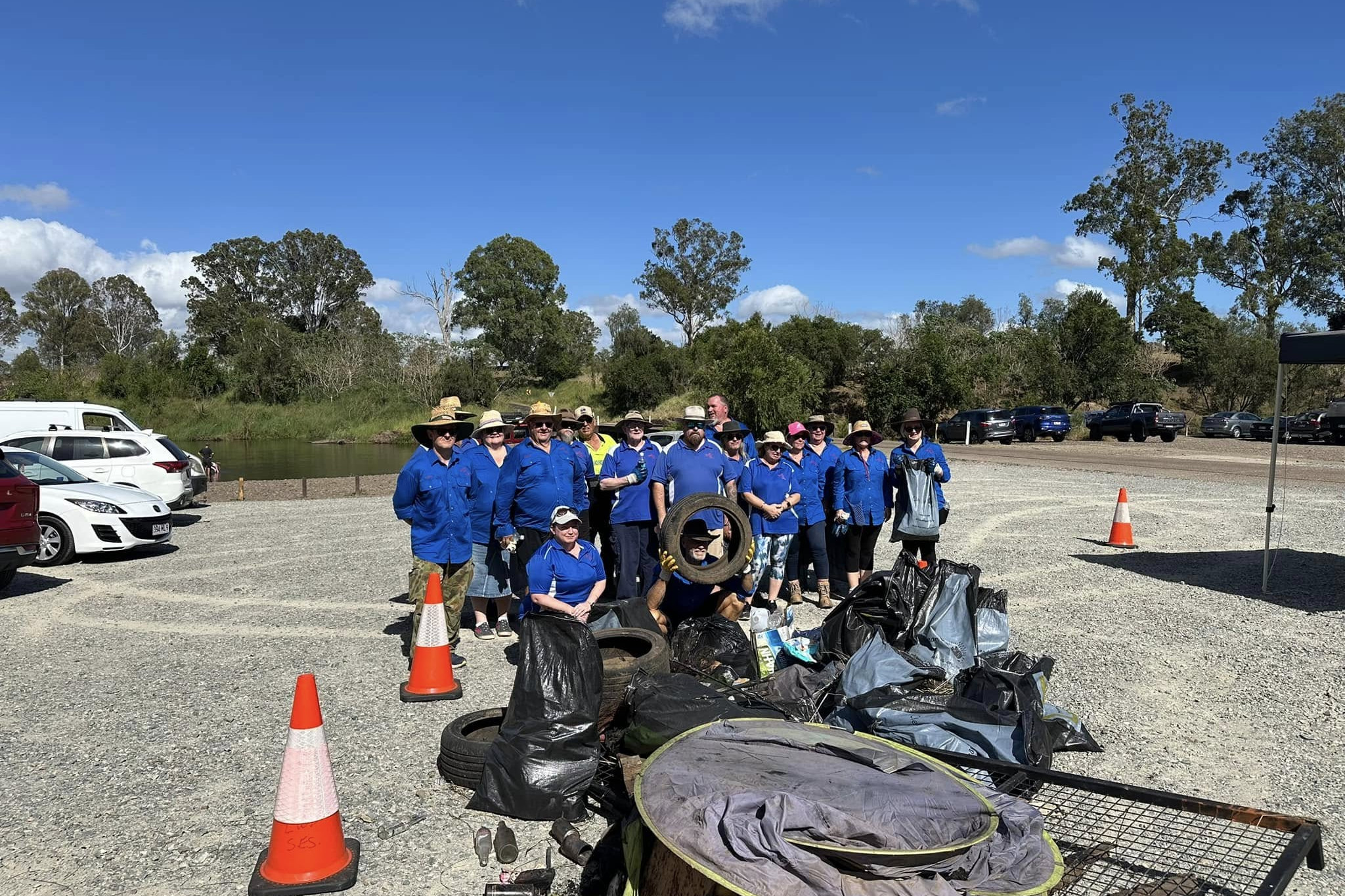News
1 July, 2025
Trash talking levy
RATES could rise “significantly” across the Somerset if the State Government does not fix its Waste Management Strategy, Somerset Mayor Jason Wendt says.

The council recently requested the Government amend its Waste Management Zoning, claiming they were being handed “unrealistic” targets under current funding.
In Council’s submission to the Queensland Government’s DRAFT Queensland Waste Management Strategy 2025–2030, Cr Wendt stated Somerset faced “unique” waste management challenges due to its highly dispersed population.
“Somerset is the largest land area in South East Queensland but we have a small, highly dispersed population making waste diversion systems more costly and inefficient, and transport logistics more cost prohibitive,” he said.
“Our challenges are similar to other regional and rural councils, and we suggest the State Government consider realigning Somerset from the Metro Zone to the Regional Zone to better represent the region’s characteristics and limitations.”
The waste levy zone covers 39 out of Queensland’s 77 local government areas. This covers around 90 per cent of Queensland’s population and is where most of Queensland’s waste is generated and disposed of.
The levy zone is divided into two areas: the metro zone, comprising all 12 south-east Queensland local government areas, and the regional zone, made up of the remaining 27 local government areas in the levy zone.
Cr Wendt said there was a lack of funding certainty from the Waste Levy back to local government.
“This limits Council’s ability to strategically plan for and implement waste management infrastructure improvements at our smaller regional facilities,” Cr Wendt said.
“Without any certainty in funding from the State Government, Somerset Region Council is unlikely to reach the plan’s proposed targets for 90 per cent diversion, 75 per cent recycling and 25 per cent waste reduction by 2050.
“The targets need to be ambitious, but our Council is concerned they are unrealistic without a detailed and considered funding commitment from the State Government.”
Further, Cr Wendt said the Waste Levy would impact Council rates.
“Future Waste Levy increases could result in a significant increase in Council’s waste charges by 2030,” Cr Wendt said.
“To cover costs, we estimate our waste management charge will need to increase by 46 per cent over the next six years.”
70 per cent of waste levy funds collected are allocated to waste reduction and recycling programs and broader environmental programs.
A spokesperson for the Department of Environment, Tourism, Science and Innovation said Somerset Council has received more than $6.8 million in advance payments out to 2026–27 since 2019, to offset costs to households.
“To continue supporting councils, the Queensland Government recently announced the $130 million Resource Recovery Boost Fund to kickstart infrastructure that diverts waste from household red-lid bins to green and yellow bins,” they said.
“We will undertake a comprehensive review of the waste levy in 2025–26 to assess its effectiveness.”
Feedback from the Queensland Waste Strategy Less Landfill, More Recycling will include whether regional and remote targets would be beneficial.

